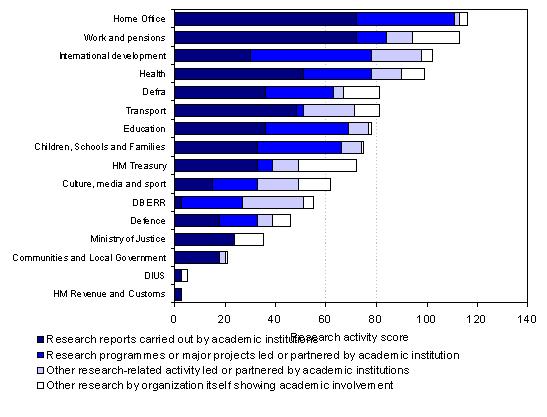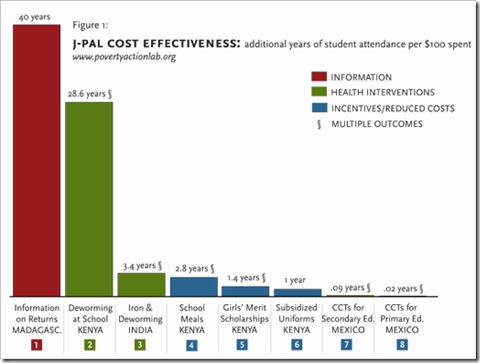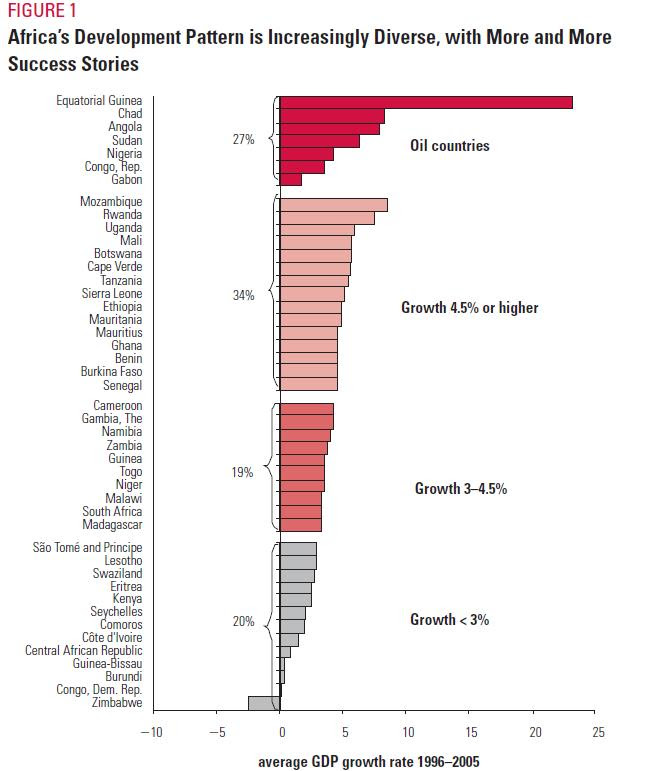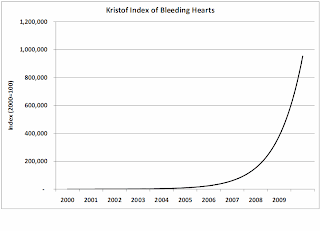I'm quite surprised by how high up water supply is, but less surprised by the top 3 of unemployment, the economy, and poverty. The public policy challenge is still, first and foremost, about broad-based inclusive economic growth. Interesting to compare this with Justin Sandefur's analysis of what African researchers care about (jobs).
The tragedy is that we don't really have a clue what policy instruments can create jobs. For most of sub-Saharan Africa the challenge is a lack of demand for labour. What is needed is a way of linking African workers with consumers who have money - who are mostly in rich countries. This link could come in 3 ways:
1: Trade. Africans stay where they are and export things to rich countries. This one looks difficult in most countries, which are uncompetitive with poor Asian countries in manufacturing, and don't yet have the skills or infrastructure for high-tech service exports. Gains to agricultural productivity holds some promise, but faces serious barriers to getting going.
2: Migration. The Africans come to rich countries. An economic no-brainer, and a political non-starter.
3: Tourism. The rich people go to Africa. Tourism? Really?
There will probably be marginal improvements in all 3 areas, but its hard to see where the really big shift that could get millions of Africans up to rich country poverty lines of around $12.50 per day over the next generation is going to come from.
The very easy to use online Afrobarometer data analysis tool is here.
[and before anyone says it, of course Africa is not a country, but actually the patterns look pretty similar when you look at the country-level data, I just couldn't figure out a good way of showing that data visually - very open to suggestion]






 From the
From the 
